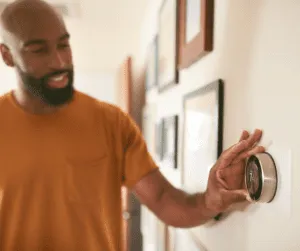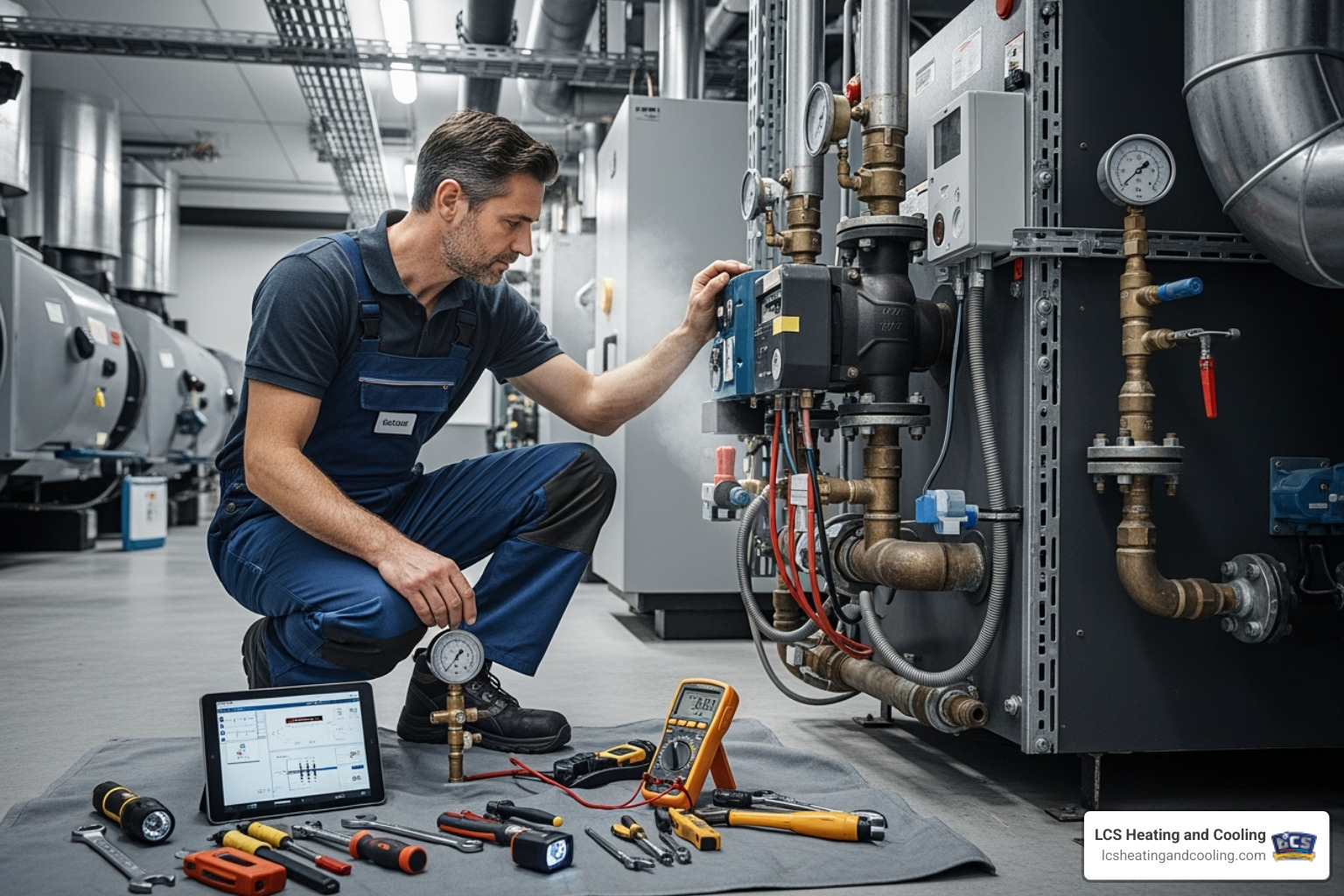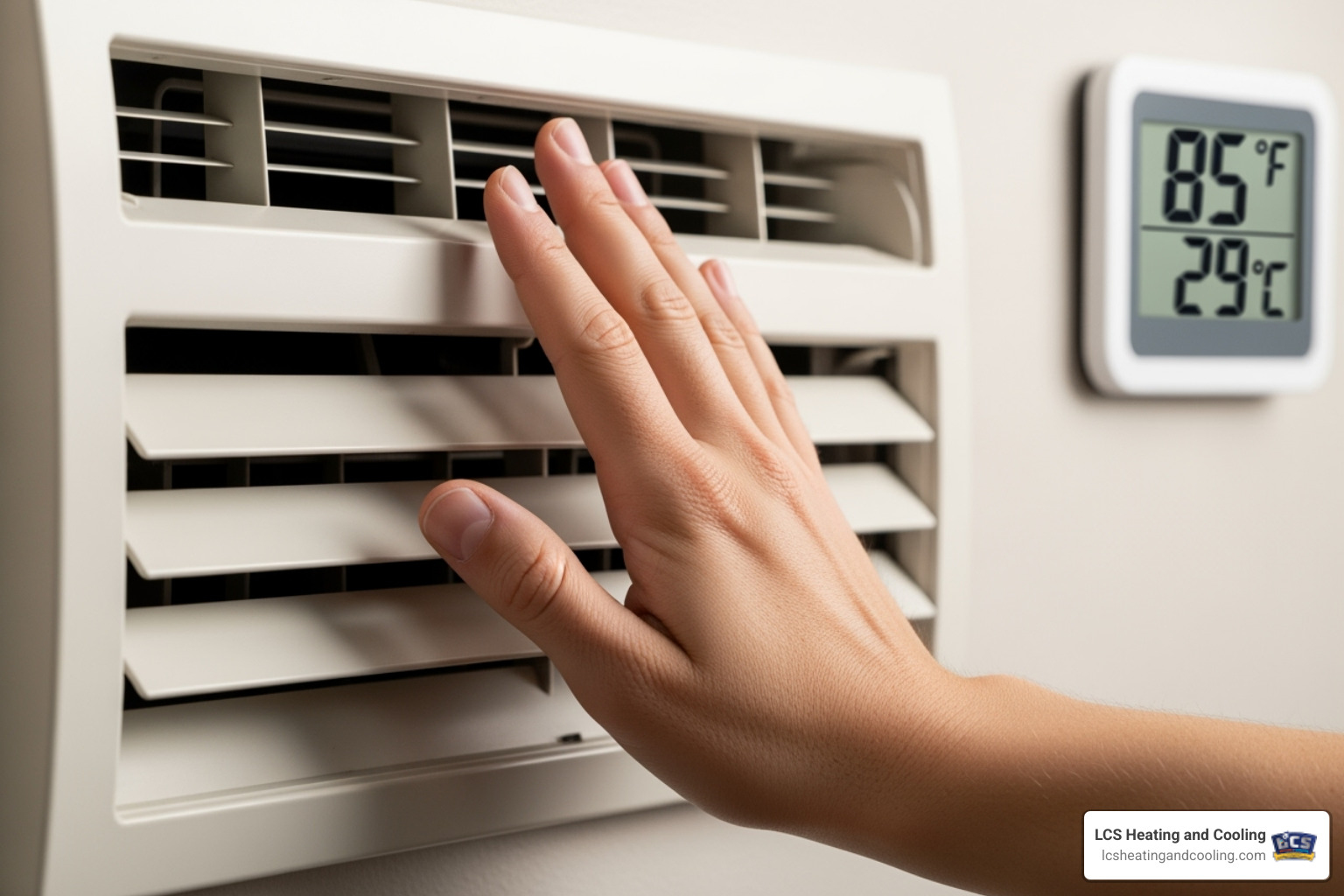How To Address Hot And Cold Spots In Your Home
Your upstairs is hot. Your downstairs is freezing. You can’t find a single spot in your home where you feel comfortable. If this sounds familiar, you may have a problem with hot and cold spots.
Why do I have hot and cold spots in my home?

There are several factors that cause hot and cold spots in a house. One of the most common causes is improper ductwork design. Other possible causes include poor insulation and air leaks, which can allow hot or cold air to enter or escape through cracks and gaps in the walls, windows, or doors. Other factors that can contribute to hot and cold spots include problems with the HVAC system and even the position and orientation of your home in relation to the sun.
Do I need to replace my HVAC?
The good news is that you likely don’t have to replace your HVAC system to address hot and cold spots in your home. There are many possible solutions, depending on your home setup, to fix the problem.
What can I do to fix hot and cold spots in my home?
Depending on the specific issue in your home, resolving hot and cold spots can take different forms.
- Zone Your Home: What does this mean? Most of the time your home is on a single thermostat in one zone. When we zone your home, we create multiple zones, each with its own thermostat. This allows you to control the temperature independently in each zone or area of your home. Some homes can be zoned, but some cannot. If you’re not sure if zoning would be an option for your home, contact us!
- Ductless Mini-Split: A mini-split can be a great solution if you can’t zone your home, or if a smaller area of your house is impacted. This option involves installing a system that’s separate from your traditional furnace and air conditioner. A mini-split has an outdoor unit, along with one or multiple indoor heads. This unit is controlled by its own thermostat, giving you complete control over the temperature in that space. Mini-splits are especially great for large bedrooms, bonus rooms, and sun rooms. Image of a mini-split
Outside of these solutions, there are some additional steps you can take that may not be true fixes but can alleviate the problem a bit by closing the gap from one end of your home to the other or between your upstairs and downstairs temperatures.
- Solar-Powered Attic Fan: While it can’t completely resolve hot and cold spot issues, a solar-powered attic fan can help keep your attic cooler, which in turn can keep the floor directly below the attic cooler. There are no long-term costs associated with a solar-powered attic fan since it runs on solar. As an added bonus, removing some of the heat from the attic will extend the life of your roof decking and shingles! Learn more about this solution in our blog post: Are Solar-Powered Attic Fans Worth the Expense?
- Thermostat with Sensors: Thermostat sensors can be placed around your house to determine an average home temperature to maintain a more comfortable temperature throughout.
HVAC Solutions in the Indianapolis Area
If you’re not sure what solution will work best for your home, contact us. Our expert technicians can come out, diagnose your issue, and recommend the best possible solution for your home and for your comfort!



